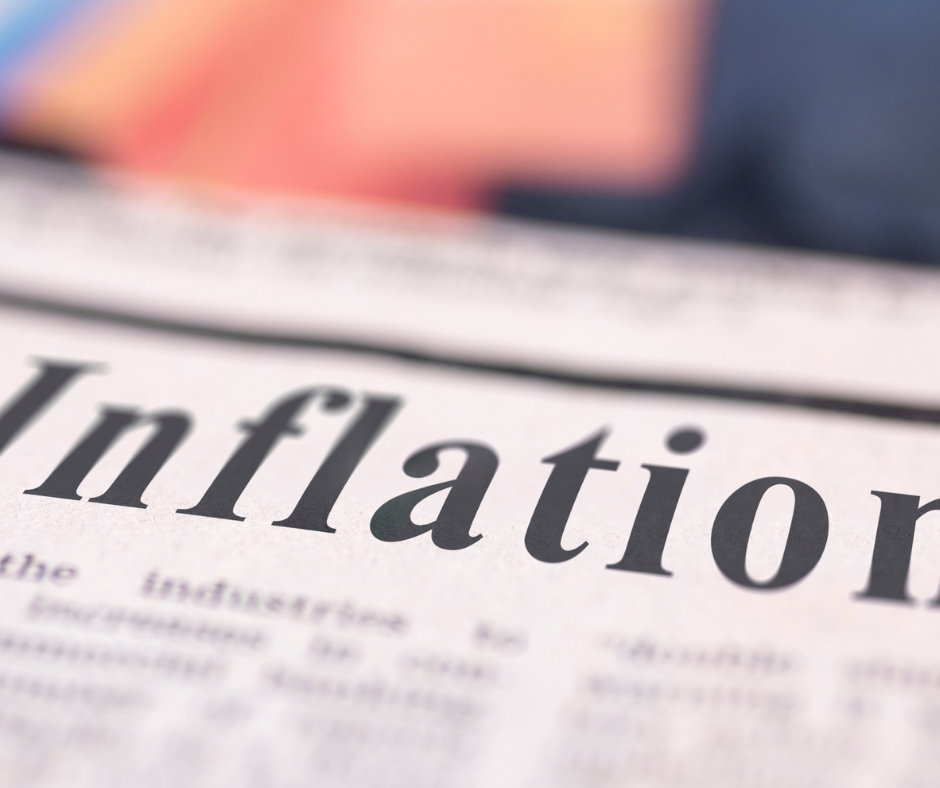The June inflation data supports forecasts of further interest rates rises but cheaper rates can be achieved through specialist business finance lenders. The RBA noted in statements earlier in the year that the rate rises would take some time to have an effect on inflation. So the rise in the June quarter came as little surprise.
But on the back of the significant fall in unemployment reported earlier in July, these latest figures will certainly support the RBA’s next rate rise decision. The sharp rise in inflation since late 2021 is the main purpose of the recent RBA rate hikes. Additional rises may give further reason to increase rates by more significant amounts and over more months.
For businesses planning new asset acquisitions such as trucks, equipment and motor vehicle, being armed with the information around inflation and interest rates may assist in budgeting for such major purchases. Rises in the cash rate flow through the lending markets. Often we see lenders actually increase their interest rates prior to an RBA monthly decision. Such is the level of expectation in the sector.
Businesses can still however, achieve workable, cost-effective finance by working through a specialist broker such as ourselves with broad-based expert lender connections. We update on the latest data, the expected reaction on the markets and tips on achieving cheaper rates in a rising market.
June Inflation Data
The ABS reported the set of inflation data for the June 2022 quarter in a media
statement on 27 July. The statement reports an increase for the quarter of 1.8% for an overall CPI inflation rate of 6.1%. When the rate is trimmed of larger rises and falls, the rate sits at 4.9%.
The 1.8% is slightly below that recorded in the March quarter which was 2.1%. However, the significance of the figures should not be overlooked. These are the two largest quarterly inflation rate increases in over 20 years.
Michelle Marquardt, the ABS Head of Prices Statistics, notes this fact stating these as the highest rises since GST came in and data recorded in this manner in 2003. Ms Marquardt said that increasing fuel prices and new housing price increases were the biggest contributors to the inflation rate rise.
She said that labour and supplies shortages in the building industry in addition to higher transport charges as well as the strong activity in the industry were pushing new house prices up. Less payments of grants for new houses were made in the period which also had a contributing effect to prices.
The ABS reports on a range of categories – food, non-food goods and services. It was the goods rather than services that contributed the largest portion of the inflation rise – 79%. It was noted that this is a reflection of constraints on supply as well as the strong demand post-pandemic.
Many business operators will be extremely aware of the behaviour of fuel prices and their impact on their own operating costs. The ABS statement highlights the concern of the general public around rising fuel prices in its note that fuel prices rose again, making it the 8
th quarter of rises consecutively. Much of the fuel situation is attributed to Russia’s invasion of Ukraine and the shock to the oil situation this has created globally.
Prices of grocery items, both food and non-food, were up again. This is attributed to supply issues especially in the wake of the early year floods.
Forecasts and Effects
The
RBA is set to announce another cash rate rise on 2 August. In its July statement, Governor Lowe said that the Board would be considering the data to be released later in July – employment and inflation figures, when making the decision around the size of an increase.
It was only about three months ago that Treasury forecast inflation would rise to around 4.5% by this time. So the rise to 6.1% is certainly of concern, especially to those planning to take on finance. Treasurer Jim Chalmers delivered a Ministerial Treasury Statement on 28 July, which included inflation forecasts of 7.75% by December 2022, 5.5% by mid-2023 and in the 2-3% range by mid-2024.
Based on the forecasts and the economic data, it can be expected that lending rates across all major sectors are set to rise further over coming months.
Cheaper Interest Rate Solutions
The rate rise scenario is coming as a surprise and new experience for many as rates have not been in an upward spiral since the 1990s. Faced with the current scenario, businesses requiring finance will be seeking ways and means to obtain the cheapest rated finance available.
We can assist as specialists in
business finance. With a full portfolio of asset finance and commercial business loans at
cheaper interest rates and access to a great selection of banks and specialist non-bank lenders, we are well-equipped to source cost-effective finance for our customers.
When planning new finance, businesses can consider a number of aspects to reduce the interest rate and/or achieve a target monthly finance repayment figure:-
- Choice of finance product – rates vary across the selection.
- Factor in the tax deductions available on different finance products.
- Take advantage of short-term tax measures such as temporary full expensing to further reduce the overall onus of the finance.
Our consultants are trained professionals and ready to discuss a range of options we can offer to assist your business.
Contact Business Finance on 1300 000 033 to discuss achieving cheaper finance rates when rates are on the up.
DISCLAIMER: THE SPECIFIC PURPOSE IN PROVIDING THIS ARTICLE IS FOR GENERAL INFORMATION ONLY. IT IS NOT INTENDED AS THE SOLE SOURCE OF FINANCIAL INFORMATION ON WHICH TO MAKE BUSINESS FINANCE DECISIONS. BUSINESS OWNERS WHO REQUIRE ADVICE OR GUIDANCE AROUND THEIR SPECIFIC FINANCIAL CIRCUMSTANCES ARE RECOMMENDED TO CONSULT WITH AN ADVISOR OR ACCOUNTANT. NO LIABILITY IS ACCEPTED IN REGARD TO ANY MISREPRESENTATIONS OR ANY ERRORS RE ANY DATA, SPECIFICS, POLICIES AND OTHER INFORMATION AS SOURCED FROM OTHERS.












